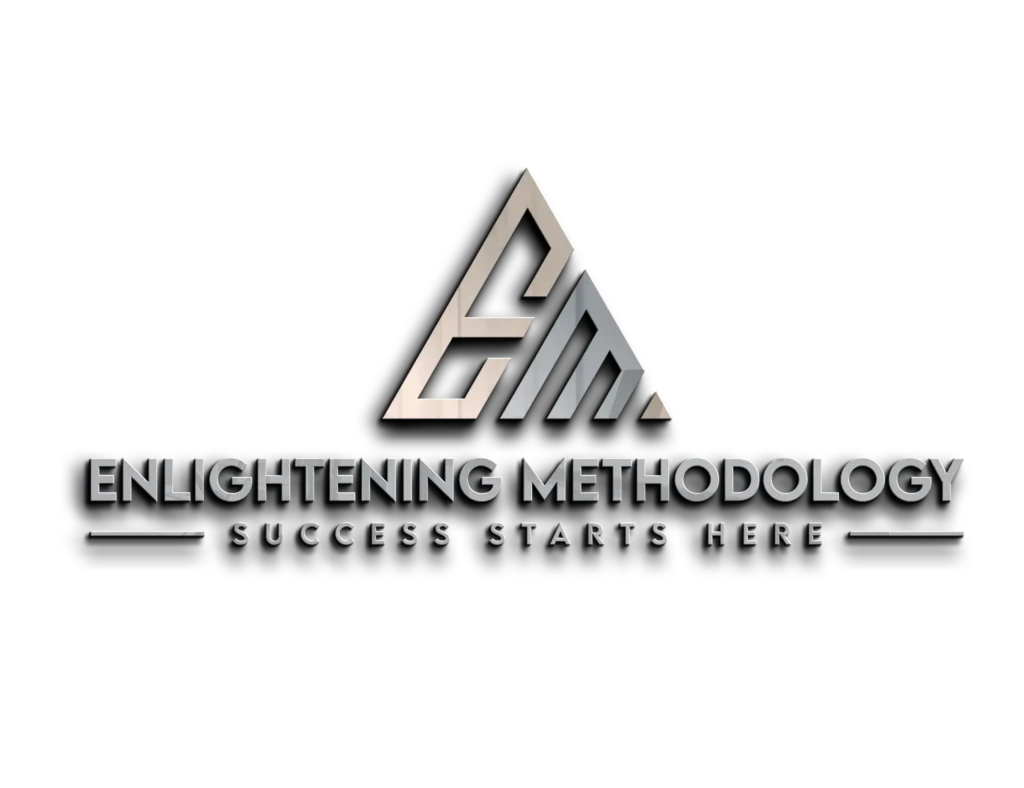AI compliance means following laws and rules about how AI systems are made, used, and kept up. In healthcare, keeping patient data private is very important. Laws like the Health Insurance Portability and Accountability Act (HIPAA) protect this privacy. Also, new federal guidelines, such as the U.S. Executive Order on AI from 2023, require risk checks for AI used in areas like healthcare.
This system of rules makes sure AI tools, like phone automation systems, keep health information safe, work clearly, and lower risks like cyberattacks. Since AI is used more and more in healthcare, organizations must protect AI systems carefully. This helps them follow the law, keep patients’ trust, and avoid costly data problems or fines.
How AI Security Tools Protect Models and Data in Medical Practices
AI security tools are software made to keep AI models and their data safe. These tools are very important in healthcare because patient health information (PHI) is very sensitive and often a target for hackers.
AI Answering Service Uses Machine Learning to Predict Call Urgency
SimboDIYAS learns from past data to flag high-risk callers before you pick up.
1. Protecting AI Models
AI models, like those used by Simbo AI to answer phones automatically, can be attacked by thieves, harmful inputs, or data poisoning. Such attacks can break the AI or expose its secret parts, making it unreliable. AI security tools test the model by trying harmful inputs to find weak spots before hackers do. They also watch the AI all the time to spot odd behavior and react fast.
For example, HiddenLayer’s AI security platform finds and stops attacks in real time without needing access to the original data or AI code. This stops bad users from copying AI models or stealing important parts. This is key to keeping data safe and following legal rules.
Boost HCAHPS with AI Answering Service and Faster Callbacks
SimboDIYAS delivers prompt, accurate responses that drive higher patient satisfaction scores and repeat referrals.
2. Safeguarding Patient Data
Keeping data safe means using layers like encryption, strict access controls, removing identifying info, and checking vendors carefully. Medical offices must make sure the AI they use encrypts voice data during calls, keeps stored records safe, and limits data access to only those allowed.
Following HIPAA and other U.S. laws means having clear policies and tools to protect patient data. AI security tools help by adding privacy protection right into AI workflows and automating security rules. For example, they help check if vendors meet security rules, lowering risk from weak links in the system.
Navigating U.S.-Specific Regulatory Challenges in AI Compliance
In the U.S., AI compliance rules are growing, especially in healthcare because patient data risks are high. In 2023, the government made an Executive Order on AI that requires risk checks for AI models used in healthcare and other important areas. This means organizations must show their AI systems are safe and trustworthy.
Medical offices face challenges because AI systems have many parts from different vendors. All parts must be closely watched for security problems.
Guidelines like the NIST AI Risk Management Framework (AI RMF) help by giving clear steps to manage AI risks and measure security. Following these steps helps organizations meet federal rules and lower risks.
Also, healthcare providers must keep track of rules like the GDPR, which affects U.S. companies when patient data crosses borders. More AI compliance rules mean managing risk and strong governance must be a priority for all AI projects.
AI Security Tools and Their Role in Compliance Management
AI security tools make staying compliant easier by automatically finding, reporting, and handling threats. This lowers the work for people by watching AI systems all the time for problems. For healthcare, this means possible hacks on AI phone systems are caught early and stopped fast, preventing bigger damage.
Key features of AI security tools include:
- Real-Time Anomaly Detection: AI models watch themselves and the data to find strange actions or problems that might mean a hack or error.
- Automated Incident Response: When threats happen, AI tools run planned safety steps and alert staff to respond fast. This is important because 77% of groups do not have a steady incident response plan.
- Transparency and Explainability: As hospitals use AI more, these tools show how AI decisions are made, helping with responsibility and following ethical rules.
Using these tools helps healthcare providers show they carefully manage AI risks. This is important when regulators check compliance.
AI-Driven Workflow Automation in Healthcare Front Offices
AI tools like Simbo AI’s phone automation help medical offices handle incoming calls, set appointments, and answer patient questions without humans. This speeds up responses and reduces staff work.
While automation improves efficiency, strict controls must be kept to stay compliant:
- Data Privacy Controls: Patient info gathered during calls must be handled securely and only accessed by authorized staff.
- Integration with Existing Systems: AI should work well with electronic health records (EHR) and other software without making data unsafe.
- Transparency Toward Patients: Patients should be told when they talk to AI, not a person, to meet transparency rules.
Security tools built into AI workflows keep automated processes from creating weak spots in patient data handling. For example, voice and digital data during calls are encrypted to stop interception. Constant AI monitoring also spots unauthorized attempts to access or change patient records.
Workflow automation with AI lets medical offices work better while still following HIPAA and other laws, as long as strong security tools support the AI.
AI Answering Service Includes HIPAA-Secure Cloud Storage
SimboDIYAS stores recordings in encrypted US data centers for seven years.
The Importance of Vendor Security Evaluation
Healthcare groups rarely build all AI tools themselves. They often use third-party vendors for platforms, cloud services, data, and security. This can cause risks if vendors do not meet high security and compliance standards.
AI security practices push for strong checks of vendors on data security, privacy, and operations. Vendor reviews confirm third-party systems follow encryption and access rules and are open about data use. Managing vendor risks prevents data leaks or compliance failures.
Healthcare admins and IT managers must include vendor security checks as part of their compliance plans. This is key to keeping AI systems safe and patient data protected.
Collaboration and Governance in AI Compliance
Following all AI laws needs teamwork in healthcare offices. Important people involved are:
- AI developers and data scientists who build and keep AI working.
- IT security teams who set up and protect security.
- Compliance and legal staff who match healthcare work with rules.
- Leaders who give resources and guidance.
This teamwork helps keep:
- Strong risk management using frameworks like NIST AI RMF.
- Updated incident response plans for AI problems.
- Clear reporting to regulators and patients.
Staying in contact with lawmakers and knowing about rule changes is also very important. Because AI laws change quickly, organizations must keep adjusting their compliance plans to avoid gaps.
Looking Ahead: The Growing Need for AI Compliance in Healthcare
As AI is used more in healthcare front offices in the U.S., medical offices that use AI security tools well will have an easier time meeting rule requirements. Threats like AI-based cyberattacks are growing. By 2025 and later, strong security plans will be normal expectations from regulators and patients.
Using AI security tools carefully, doing ongoing risk checks, and making AI workflows clear will help medical offices protect patient data, keep trust, and follow new laws. Specialized AI security platforms and frameworks help organize safe and legal AI use.
Summary
Medical office managers, owners, and IT staff in the United States face hard challenges when using AI for front-office work like phone automation. AI security tools are needed to protect AI models and patient data from attacks. They also help meet strict rules from government agencies.
These tools watch systems all the time, act automatically against threats, and offer clear views into AI use. This is the base for following rules like those from NIST AI RMF and HIPAA. Combining AI workflow tools with security helps healthcare work better without risking privacy or breaking laws.
Checking vendors’ security and working together across teams make AI management stronger. As AI rules grow, staying connected with policy makers and updating security plans is needed for healthcare offices to stay compliant and protect patients.
Frequently Asked Questions
What is AI compliance?
AI compliance refers to adherence to legal, ethical, and operational standards in AI system design and deployment. It encompasses various frameworks, regulations, and policies set by governing bodies to ensure safe and responsible AI usage.
Why is AI compliance crucial in 2025?
AI compliance is vital for ensuring data privacy, mitigating cyber risks, upholding ethics, gaining customer trust, fostering continuous improvement, and satisfying proactive regulators, especially as AI technologies proliferate and regulations tighten.
What are the key AI compliance regulations?
Key AI compliance regulations include the EU AI Act, NIST AI Risk Management Framework, UNESCO’s Ethical Impact Assessment, and ISO/IEC 42001, tailored to industry-specific requirements.
How does AI governance relate to compliance?
AI governance encompasses risk management, oversight, and strategic AI deployment, whereas compliance focuses on meeting external regulatory and industry standards to ensure legality and ethical use.
What is the EU AI Act?
The EU AI Act is a foundational regulation ensuring responsible AI usage, scaling regulations based on risk severity, and mandating transparency obligations for companies using generative AI.
What is NIST AI RMF?
The NIST AI Risk Management Framework is a guiding document for developing AI systems, addressing risks across the AI lifecycle with a focus on governance, measure, and manage components.
What is an AI Bill of Materials (AI-BOM)?
An AI-BOM is a comprehensive inventory of all components within an AI development lifecycle, allowing for mapping, tracing, and ensuring AI security and compliance across the ecosystem.
Why should organizations maintain dialogue with policymakers?
Regular dialogue with policymakers helps organizations stay abreast of rapid regulatory changes in AI compliance, ensuring they do not drift off course amid evolving technologies and laws.
How do cloud compliance and AI compliance relate?
Cloud compliance and AI compliance are intertwined, as strong cloud governance is essential for managing AI-specific security risks, requiring distinct compliance strategies aligned with evolving regulations.
What role do AI security tools play in compliance?
AI security tools are crucial for building a solid compliance posture by protecting AI models, data, and pipelines while simultaneously ensuring that organizations meet their legal and regulatory obligations.
The post The Role of AI Security Tools in Ensuring Compliance: Protecting Models, Data, and Navigating Regulatory Challenges first appeared on Simbo AI – Blogs.






